Located inside the Gamerra Barracks, the Pisa Airborne Museum is a landmark for all military history enthusiasts and for anyone who wants to learn more about the strategic role and sacrifice of Italian paratroop units. It is a very special, rare museum: it collects documents, memorabilia, equipment and testimonies that trace the events of the airborne units, or, in a word, the paratroopers, from the beginning of their history to the present day.
Founded in 1968, the museum has gradually expanded its collection, enriching it with materials from veterans, private donations and official artifacts of theItalian Army. Today, its halls recount not only the glorious past of the “Folgore” and other airborne units, but also their modern missions abroad and their continuous training to face increasingly complex scenarios.
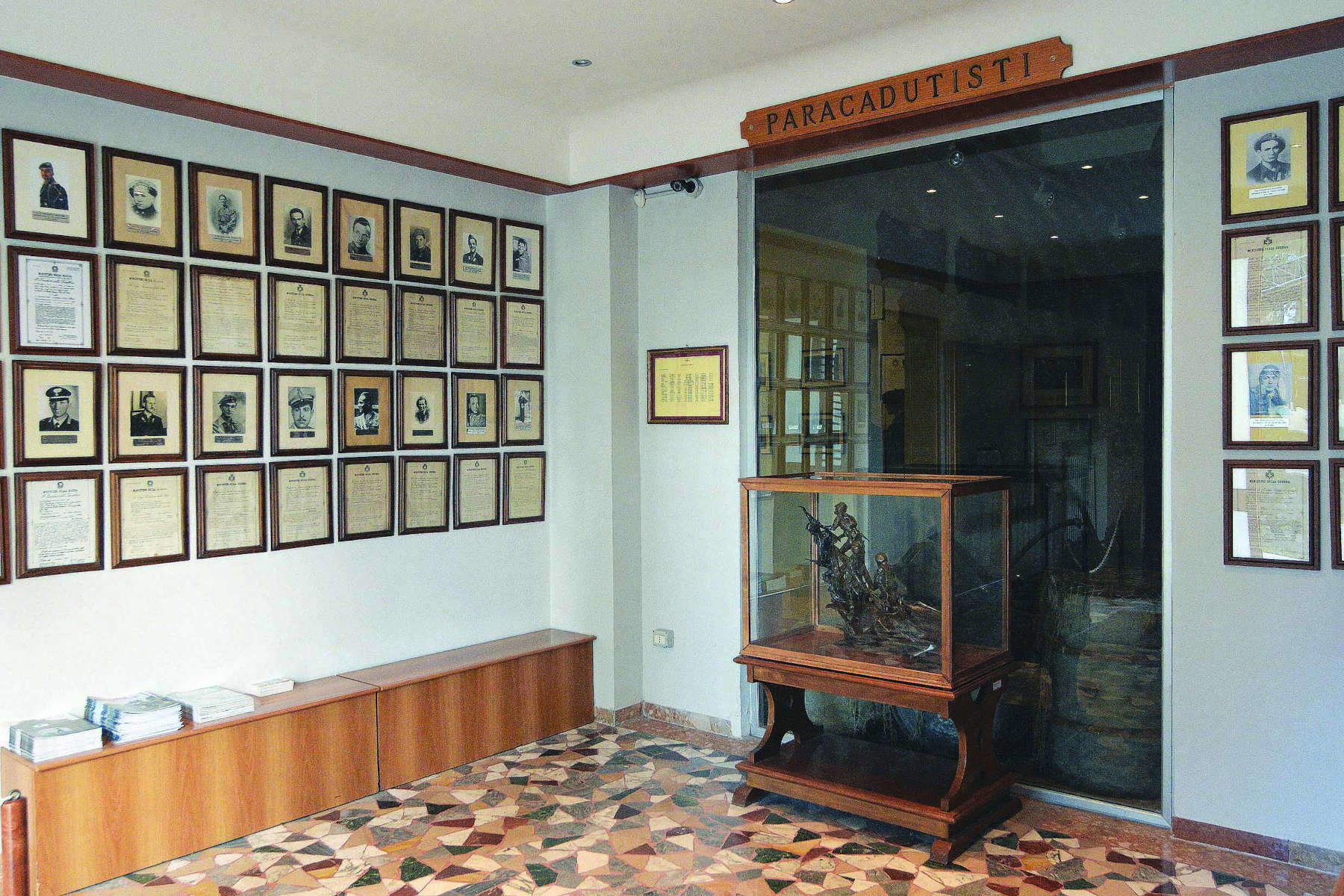
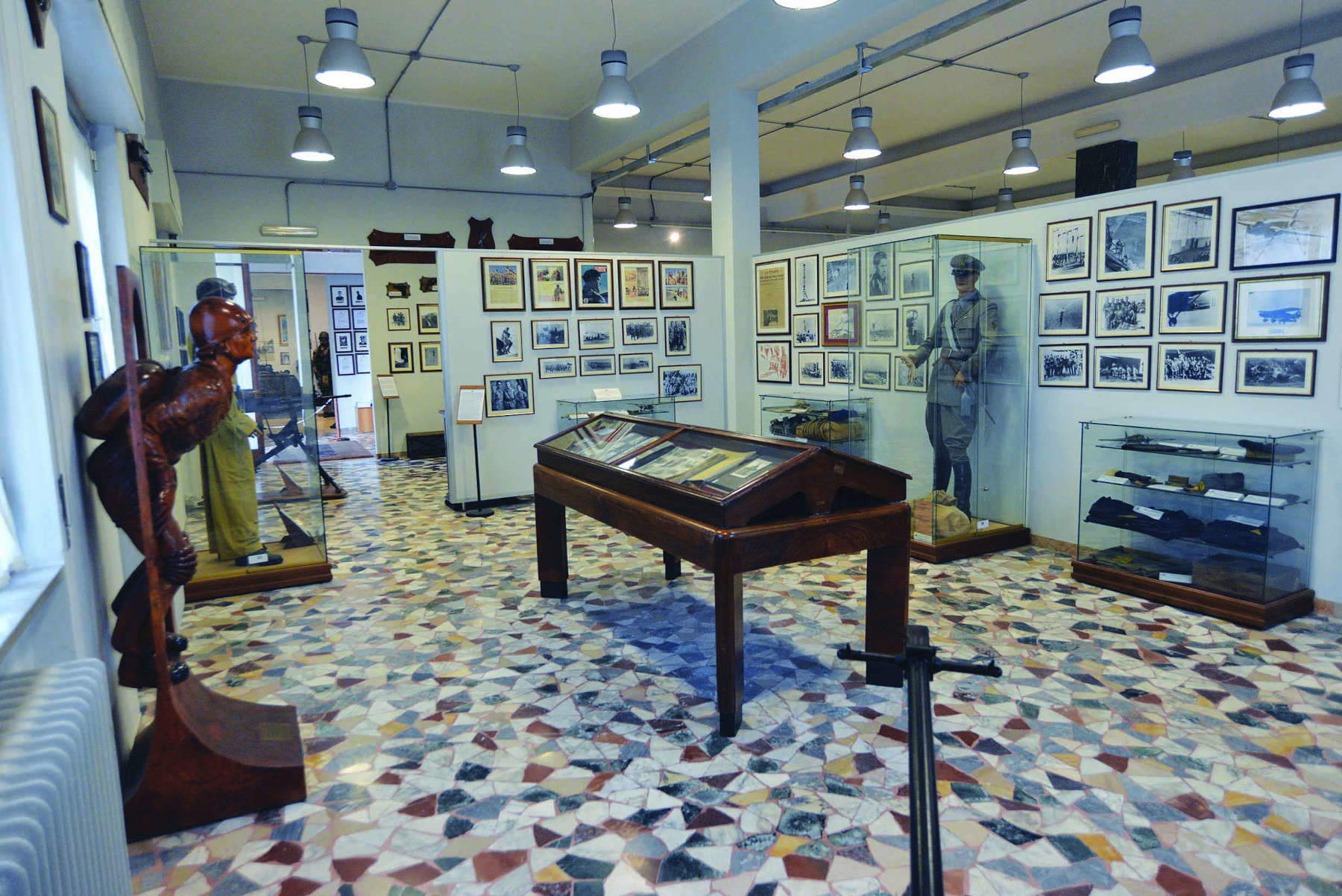
To understand the importance of the museum, it is necessary to go back in time to the origins of Italian military paratrooping. Airborne units were officially born in the 1930s, when Italy began experimenting with the use of parachutes as a war and strategic tool. However, the first drop dates back to 1918, and credit goes to Italy: during World War I, Alessandro Tandura, an officer in the Arditi, jumped from a Savoia-Pomilio SP.4 aircraft in Vittorio Veneto, thus becoming the world’s first paratrooper in a wartime action. The concept of employing soldiers dropped from the sky to surprise the enemy and capture key positions was then soon developed with its own characteristics.
World War II marked the baptism of fire for Italian paratrooper troops, with the establishment of the “Folgore” Division, whose origins go back to the Libyan Fanti dell’Aria paratrooper battalion, which was itself established in 1938 (it was the first Italian paratrooper infantry unit). The Army, increasingly intent on employing paratroopers in war scenarios, formed the “Folgore” division in 1941, which would later go down in history for its legendary resistance during the Battle of El Alamein, fought in October 1942. During this battle, the Italian paratroopers, outnumbered and outgunned by the British forces, managed to inflict heavy losses on the enemy, fighting with such determination that they earned the respect of even their opponents.
The Museo delle Aviotruppe in Pisa devotes a large section to this episode, displaying original uniforms, small arms, documents and photographs that recount the courage and sacrifice of the “Folgore.”
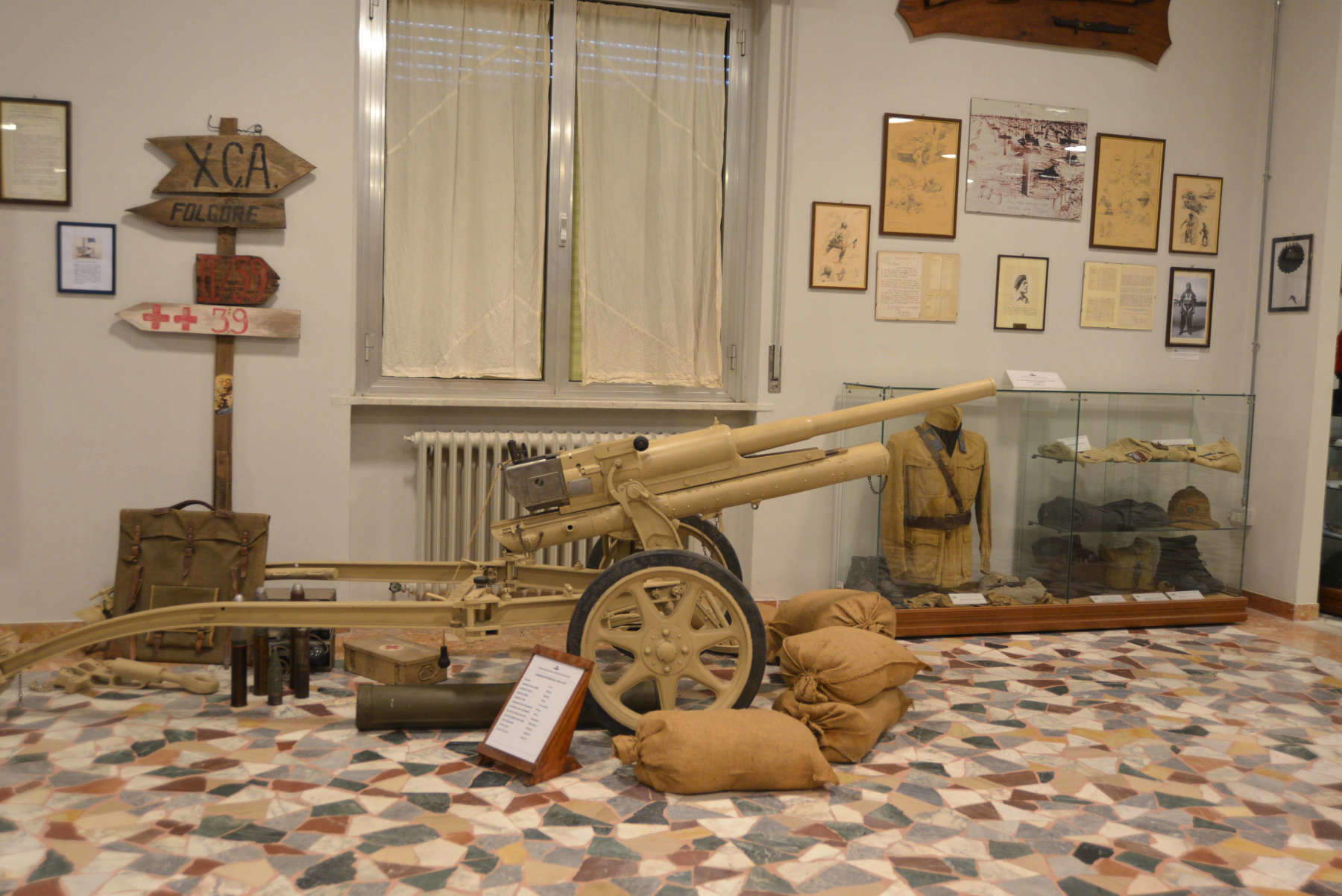
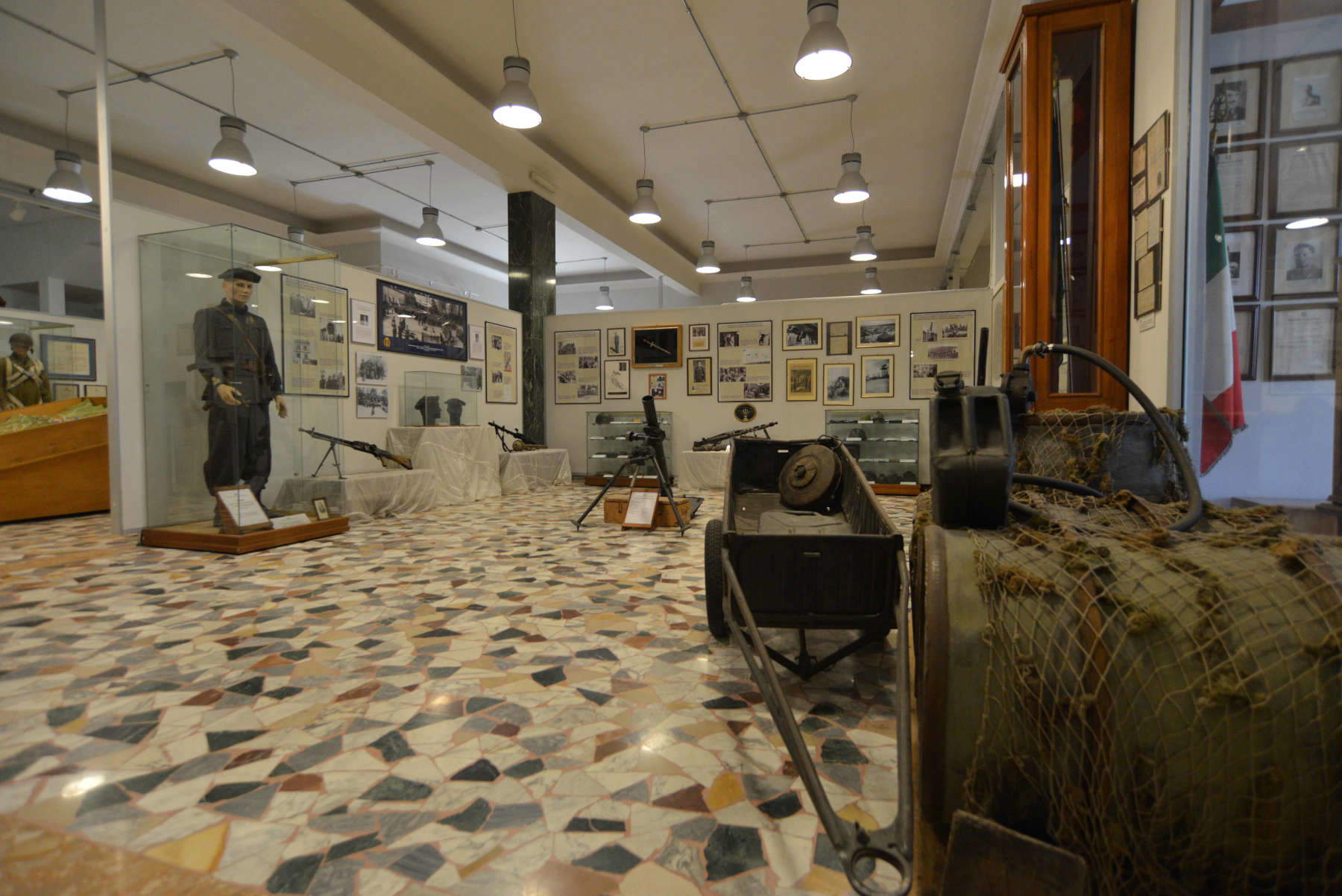
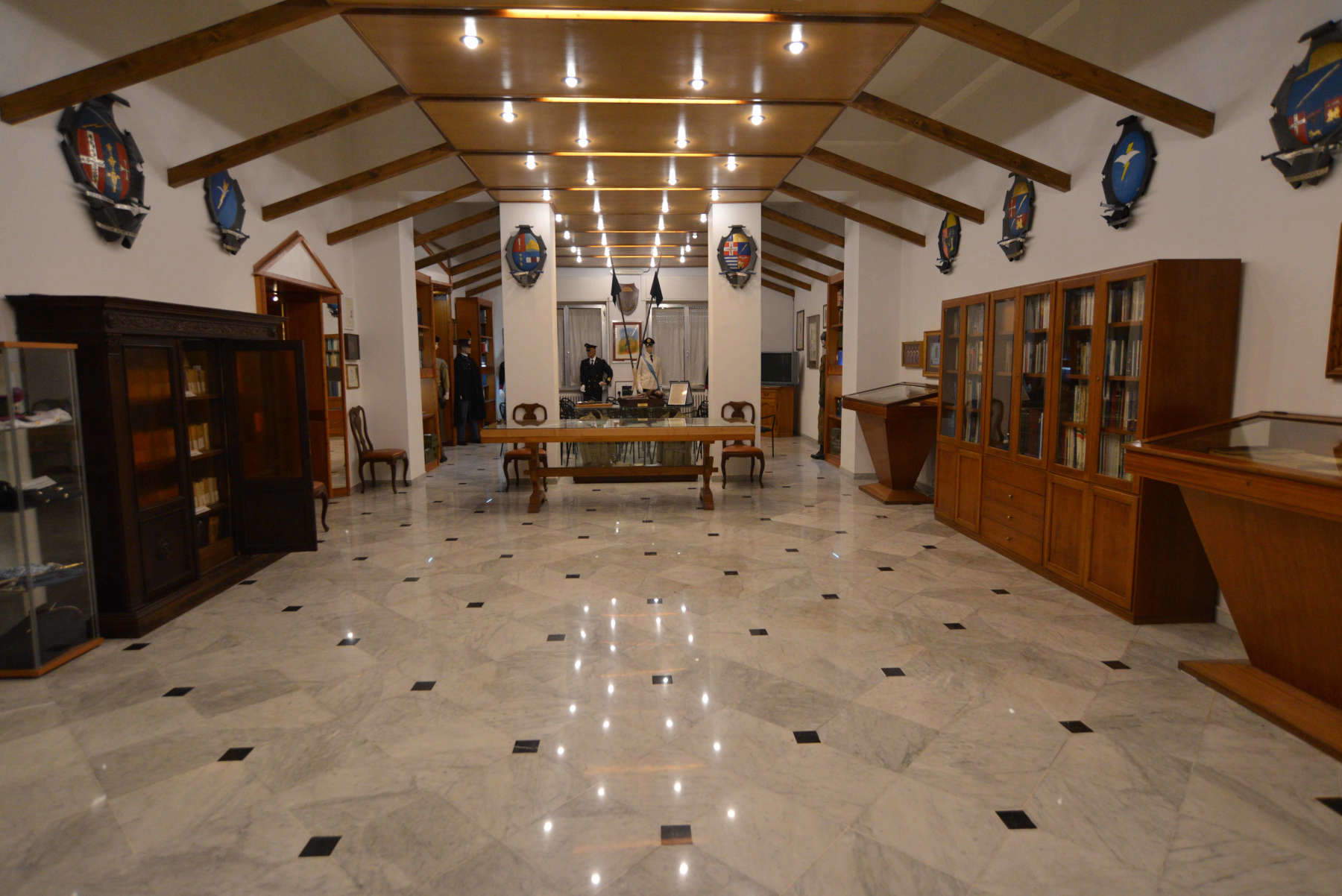
The Airborne Museum was officially born on October 24, 1971 as the "Hall of Remembrance," initially located inside the “Vannucci” Barracks in Livorno. It was thanks to the passion and commitment of Major Marshal Carmelo Napolitano that the collection and cataloguing of the first historical materials began, giving rise to a valuable collection that would expand over time to become the current museum. In 1992, the collection was moved to the “Bagna” Barracks inside Livorno’s Palazzo del Picchetto, headquarters of the “Folgore” Parachute Brigade Command. However, it was only in 2002 that the museum found its final location in Pisa, at the Parachute Training Center, thanks to the efforts of numerous commanders of the Folgore Brigade and the collaboration of the National Parachute Association of Italy.
The official opening of the museum at its current location took place on April 26, 2002, in the presence of distinguished civil and military authorities, including President Emeritus of the Republic Francesco Cossiga, Defense Minister Antonio Martino, and Defense Chief of Staff Rolando Mosca Moschini. Since this time, the museum has experienced continuous expansion, being enriched with new pieces and documents, often donated by veterans and family members of paratroopers, eager to preserve the memory of the deeds accomplished.
The museum is developed through 15 exhibition halls, arranged in chronological order, which trace the history of Italian military parachuting from its beginnings to the present day. The itinerary begins with the room dedicated to the Medaglie d’Oro al Valor Militare (Gold Medals for Military Valor), which collects the 40 honors awarded to paratroopers, 31 of them in memory. Next, the first sections recount the origins of parachuting, with reproductions of Leonardo da Vinci’s drawings from the Atlantic Codex and images of the use of parachutes during World War I. Special attention is paid to parachuting schools, with documents on the first school established in Castel Benito (Tripoli) in 1938 and the subsequent establishment of the school in Tarquinia in 1939, at the “Sostegni” airport, where all the battalions of the “Folgore” and part of the “Nembo” division were trained.
An entire section of the museum, the fourth, is dedicated to the role of paratroopers during World War II. Here one can admire artifacts and uniforms from the famous battle of El Alamein, fought by the “Folgore” Division, and evidence from the Tunisia campaign. Special attention is paid to the Nembo Division, formed after the destruction of the Folgore, and the role of Italian paratroopers in the Liberation Campaign. The museum also preserves documents and images related to the school in Tradate, where the Italian Social Republic’s Paratrooper Training Center was established in 1943.
Continuing along the exhibition itinerary, one reaches the original documentation related to the period of the Liberation (1943-1945), including the rosters of the Nembo Division and official newspapers of the time: the role that the 1st Motorized Regiment, the Italian Liberation Corps and the “Folgore” Combat Group offered to the Liberation is retraced. The return of the paratroopers to Pisa in 1957 is recounted through images and memorabilia, while one room is entirely devoted to aviolancist materials, with several parachute models and scale reproductions of historic aircraft. Among the most dramatic events recalled in the museum is theMeloria crash of 1971, when a British C130 aircraft went down, killing 46 Italian paratroopers and seven British crew members.
The last part of the museum is dedicated to the out-of-area operations conducted by the Brigata Folgore from 1982 to the present and the scientific missions conducted in Antarctica with ENEA. An additional section illustrates the sports and training activities that still characterize the life of Italian military parachuting.
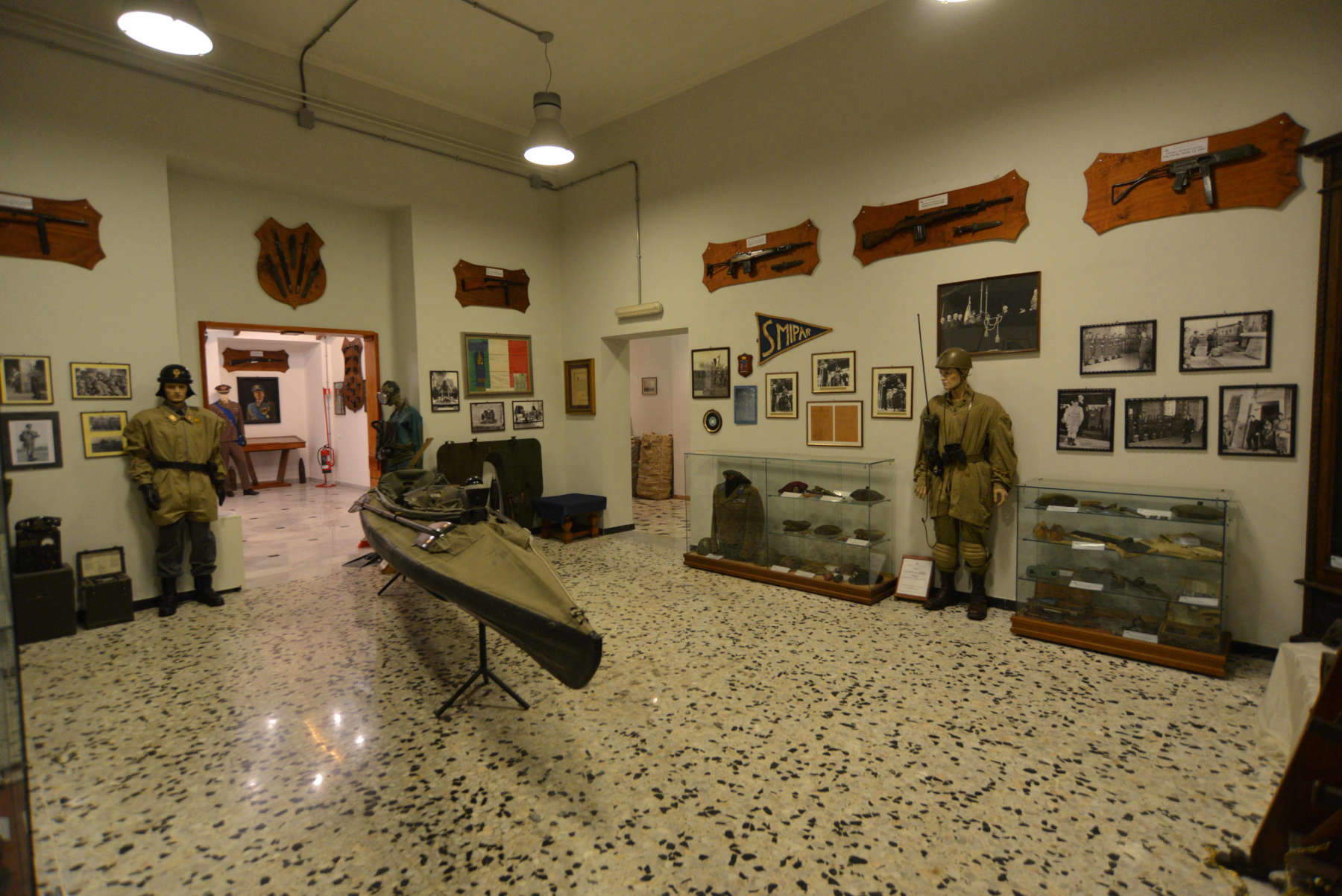
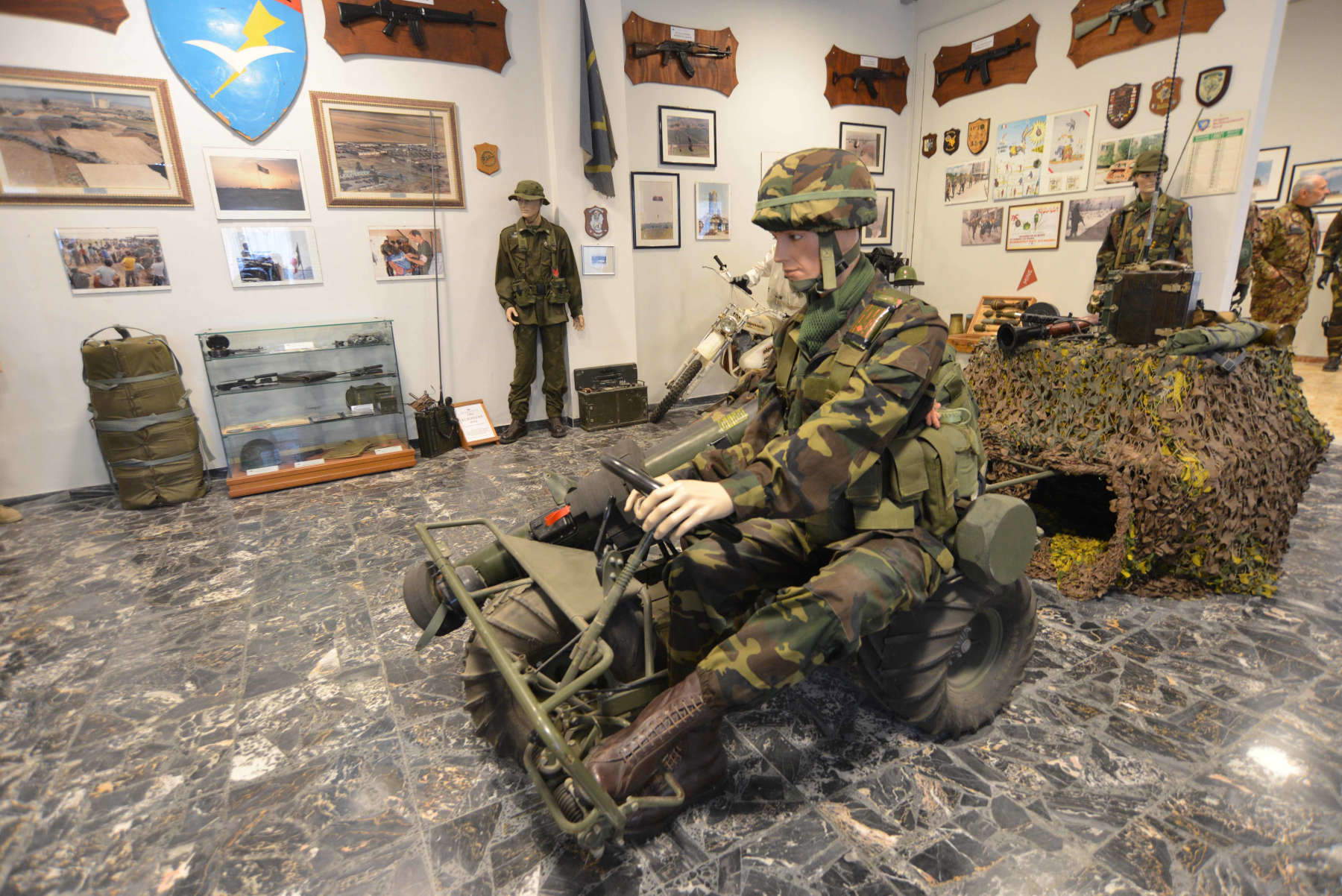
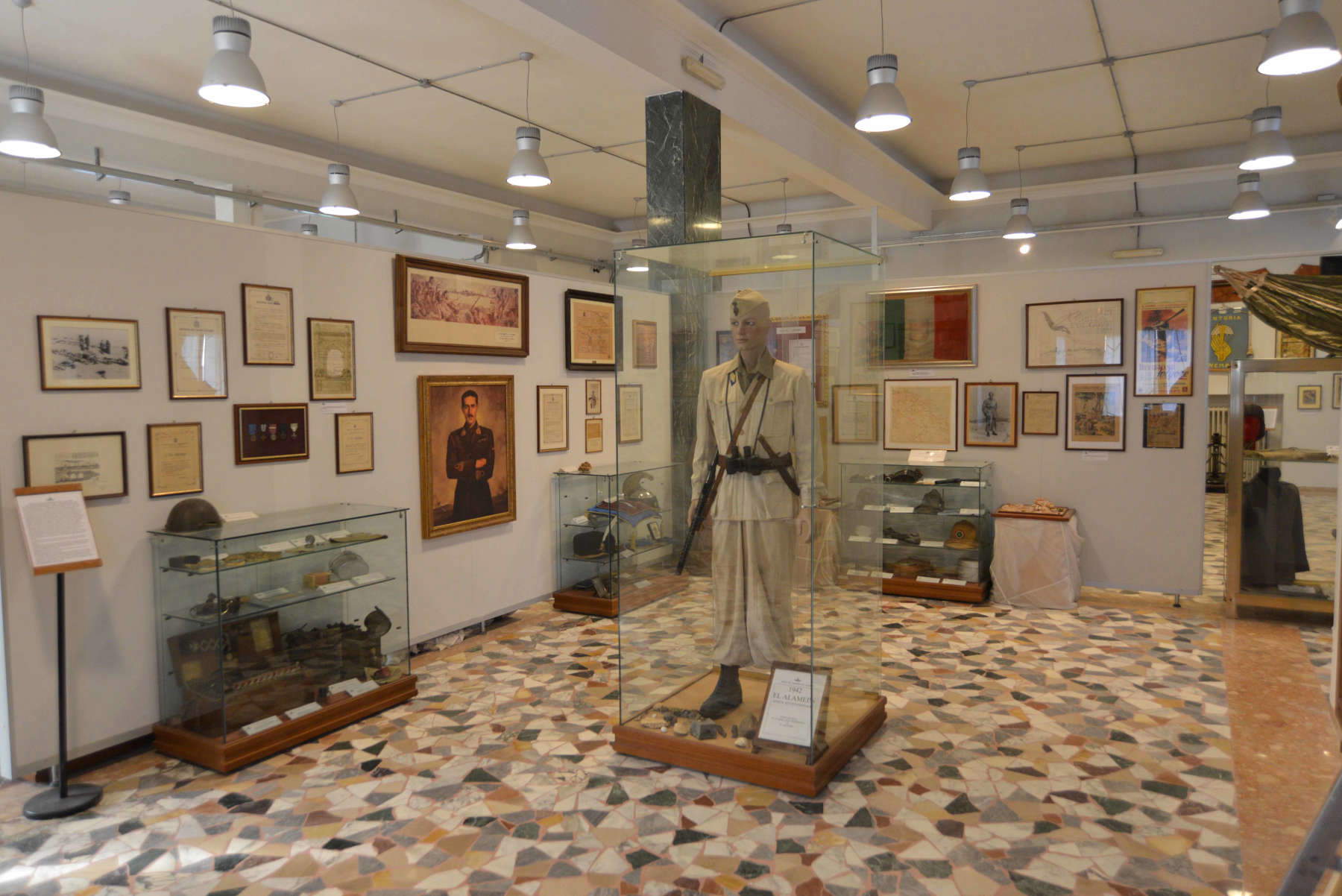
The Pisa Airborne Museum is not only a place of remembrance, but also a tool for training and learning for new generations of paratroopers and for all those who wish to learn about Italian military history. Thanks to the contribution of the National Association of Paratroopers of Italy, which promoted the collection of period materials and memorabilia, the museum continues to be enriched with new evidence.
Visitable from Tuesday to Saturday with hours 09:30 to 12:30 and 14:00 to 17:00, Sundays only by reservation from 09:30 to 13:00, the museum remains closed on Mondays and major holidays. A useful visit for anyone who wants to immerse themselves in the history and exploits of Italian paratroopers, to discover the valor and courage that have distinguished this military specialty over the decades.
 |
| The Museo Storico delle Aviotruppe in Pisa: a journey through the history of Italian military parachuting |
Warning: the translation into English of the original Italian article was created using automatic tools. We undertake to review all articles, but we do not guarantee the total absence of inaccuracies in the translation due to the program. You can find the original by clicking on the ITA button. If you find any mistake,please contact us.